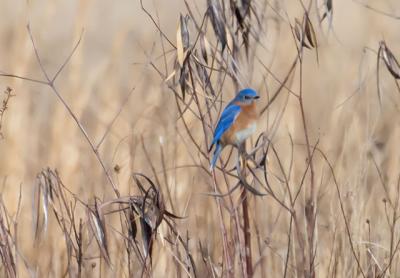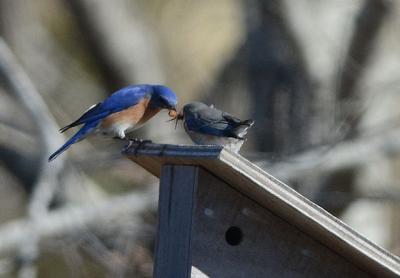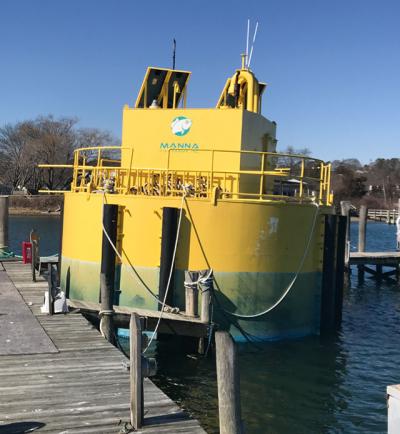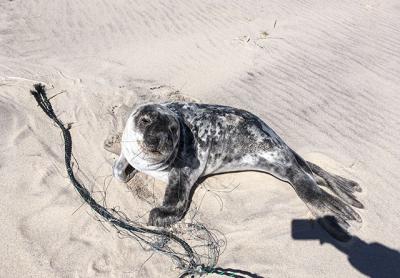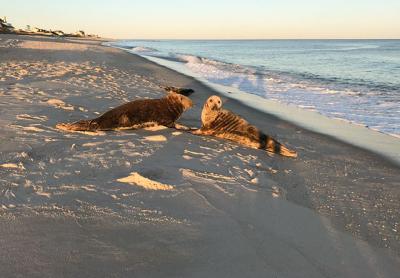Tackle Hoarders Anonymous
Tackle Hoarders Anonymous

After living in my house on North Haven since I was born — nearly 54 years — we decided it was time to knock it down and build a new one that would provide many of the modern comforts and amenities that a new residence brings. After over three years of dealing with various surveys, permits, design changes, and building the house itself (and going over budget), we finally moved into the new digs in November. The house has been everything we ever wanted and expected.
But it did come with a sobering side when the unpacking began as we settled in. It was something I think I always knew internally, but kept buried in the deepest part of my mind. Reality was exposed after opening countless boxes and it hit me pretty hard. I’m a hoarder. Not your everyday kind that you see on the popular and rather disturbing TV show, but one that focuses in a particular specialty. For me, it’s collecting an assortment of fishing tackle.
I can’t count all of the fishing rods and reels I have in my possession after basically over half a century of collecting. There are even still some in my mother’s basement in Manorville. That’s not good. It’s also terminal tackle and gear like hooks, rigs, sinkers, knives, lures, nets, rope of all sizes and lengths, clam rakes, scallop dredges, traps, and fishing line. The list goes on and on. Do I really need seven clam knives?
In finally seeing all that I have as I unpacked, I now realize that I have more tackle and fishing-related accessories than some well-stocked bait and tackle shops I have frequented. I even have a freezer solely for storing bait and fish.
Without a doubt, I could easily have a nice store sign made up and anchored at the entrance of my driveway signaling that I’m open to serve all of your bait and tackle needs but I don’t think my homeowners association would appreciate the new establishment.
In working with the architect, one of my first requests for the new house was to have a room dedicated to my tackle collection. Swimming pool be damned, I wanted my own space to store my stuff (junk?). He smiled and listened to my request and he came through. While all of my rods can’t fit in my new tackle room, I do have ample storage for all of my other items, some of which clearly have not been used in decades. One unearthed packet of six long-shanked flounder hooks had a faded price tag on its now yellow plastic packaging. It said 49 cents. It was probably purchased 40 years ago when I was in high school. Yet it remains part of my arsenal of tackle on display in my new room.
Truth be told, I’m still buying more stuff that in reality I probably don’t always need. Do I need an intervention? I’m not sure. As far as I know, there are no Tackle Hoarders Anonymous support groups here on Long Island.
I know a few other people who have the same affliction, and I do take comfort and solace knowing that others share my issue. As a group, we are cognizant of what we battle with, and yet we still attend various fishing and tackle shows in winter and happily talk about the latest lure, reel, rod, or other contraption that we just can’t possibly live without the rest of the time.
Are there worse things in life than to be a tackle junkie? Sure. Will I find a cure? Probably not. It is what it is, as the saying goes. I will just have to deal with it and try to curb my enthusiasm by just saying “no” more often to the latest high-tech fishing reel imported from Japan.
In the meantime, do you need a fluke rig? If so, stop on by. I probably have nearly 200 of them for you to choose from.
Speaking of fluke, the opening of the season is just around the corner. The season runs from May 4 through the end of September. Anglers can retain four fish over 19 inches per day. And porgy aficionados will be pleased to know that they can start fishing for those early-season giant sliver platters starting on May 1.
“Not much action on the saltwater side yet, but the fishing in fresh water has been really good,” said Harvey Bennett, the veteran owner of the Tackle Shop in Amagansett. “Montauk has been the hot spot in the various ponds.”
“Still very quiet around here,” agreed Ken Morse at Tight Lines Tackle in Sag Harbor. “I got a big delivery of clams and other baits in the other day, so I’m hopeful that the porgy and fluke bite will be good when the season opens in about two weeks.” Morse did note that that a few schoolie stripers can be had from the upper reaches of Sag Harbor Cove on plugs and swimmers.
And yes, if you are curious, I have more than my fair share of such lures in my basement.
We welcome your fishing tips, observations, and photographs at fish @ehstar.com. You can find the “On the Water” column on Twitter at @ehstarfishing.

